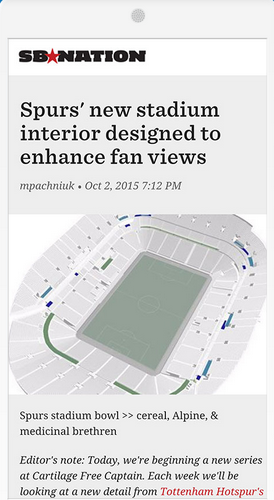Google launches project to speed up mobile pages, take away ad blocker benefits

Google on Wednesday launched a project aimed at speeding up mobile Web pages in what appears to be at least one answer to ad blockers.
In a blog post, Google said that its Accelerated Mobile Pages (AMP) project is being launched to enable Web pages to deliver video, graphics and smart ad simultaneously with content. The AMP code is open source, available on GitHub and geared to work across multiple devices and platforms.
The biggest advantage with ad blockers is page load time especially on mobile. With the popularity of ad blockers surging and Apple iOS supporting them there's a potential threat to Google's cash cow. If Google can make pages with ad pages load as quickly as ones with ad blockers more consumers are likely to stick with the status quo.
AMP HTML is a framework to allow Web sites to build light pages. Here's how Google explained the AMP architecture, which limits functionality in some cases and uses caching.
Accelerated Mobile Pages are just like any other HTML page, but with a limited set of allowed technical functionality that is defined and governed by the open source AMP spec. Just like all web pages, Accelerated Mobile Pages will load in any modern browser or app webview. AMP files take advantage of various technical and architectural approaches that prioritize speed to provide a faster experience for users. The goal is not to homogenize how content looks and feels, but instead to build a more common technical core between pages that speeds up load times.
In addition, AMP files can be cached in the cloud in order to reduce the time content takes to get a user's mobile device. Under this type of framework, publishers continue to control their content, but platforms can easily cache or mirror the content for optimal delivery speed users. Google has stated that it will provide a cache that can be used by anyone at no cost, though the cache (Google's or otherwise) is not required. Other companies may build their own cache as well.
Thirty publishers are on board already and technology companies such as Pinterest, WordPress, Adobe and LinkedIn are also participating.
On the ad front, Google noted:
Ads help fund free services and content on the web. With Accelerated Mobile Pages, we want to support a comprehensive range of ad formats, ad networks and technologies. Any sites using AMP HTML will retain their choice of ad networks, as well as any formats that don't detract from the user experience. It's also a core goal of the project to support subscriptions and paywalls. We'll work with publishers and those in the industry to help define the parameters of an ad experience that still provides the speed we're striving for with AMP.